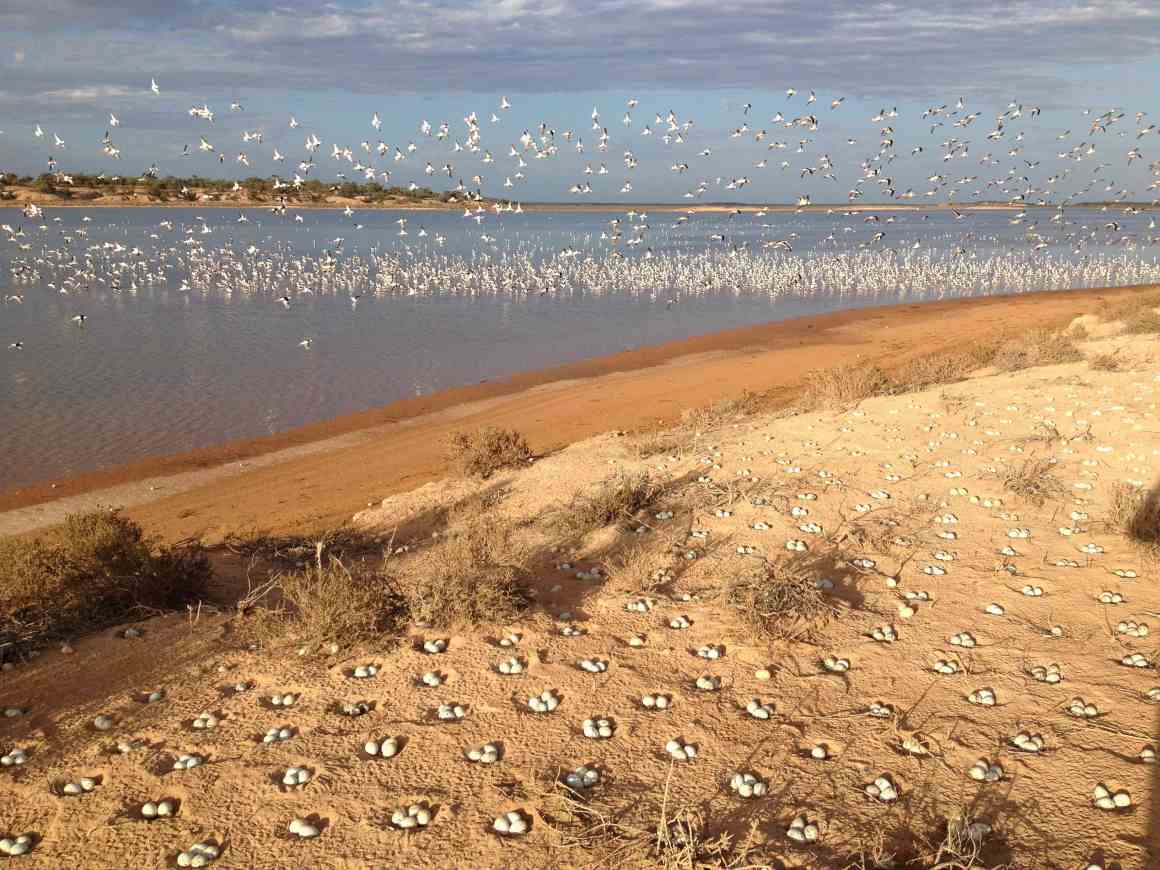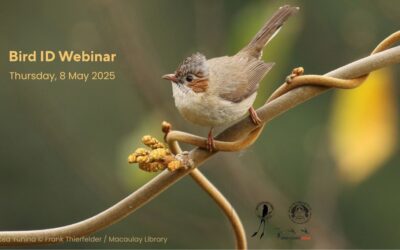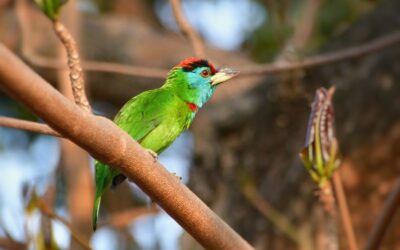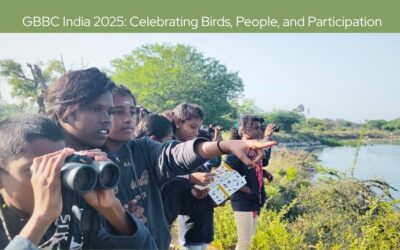Here is the second in our series of occasional bird links (see earlier post here) – we list some interesting articles from India and around the world. Do write in if you have a suggestion: [email protected]
Ever been confused by changing bird names, definition of species, splitting and lumping of species, and all the controversies behind it? Take a look at this article which explains how genetics and genome mapping are changing our view of how species are categorized.
Speaking of species, you must have wondered how some birders are able to identify more species in the field than others? How does this variation in skill between observers affect datasets such as eBird? Turns out, there are ways to account for differences in expertise – read all about it here.
Dr. J. C. Uttangi was a pioneering birder, and birders from Uttara Kannada and nearby replicated the exact routes and trails he undertook in North Karnataka for a survey in 1993. Read a very interesting account of this repeat survey. If the search for birds enthralls you, perhaps the search for the magnificent White-bellied Heron will do so too.
Here’s an interesting article about the Banded Stilts’ incredibly strenuous journeys to search for breeding sites around ephemeral pools in Australia.
If you’re reading these articles under a nightlight – find out what affect lights in a city have on migrating birds.
New features on eBird: Sensitive species and the new Macaulay specimen pages.




